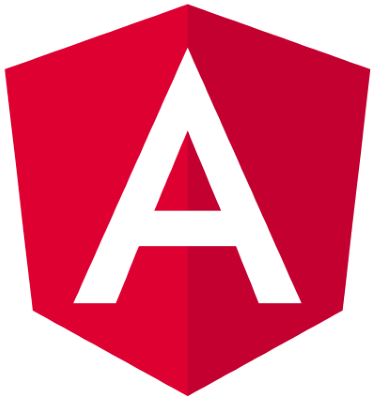Aliaksei Kuncevič
Software Engineer/Angular Consultant


v 1.0 (11/07/2018)

Responsive apps with Flex-Layout
v 1.0 (11/07/2018)
Responsive design
 internetingishard.com/html-and-css/responsive-design
internetingishard.com/html-and-css/responsive-design
Responsive content

Responsive content

Media queries

Media query
// For desktop
@media only screen and (min-width: 768px) {
.elem-1 { width: 8.33%; }
.elem-2 { width: 16.66%; }
.elem-3 { width: 25%; }
.elem-4 { width: 33.33%; }
.elem-5 { width: 41.66%; }
.elem-6 { width: 50%; }
.elem-7 { width: 58.33%; }
.elem-8 { width: 66.66%; }
.elem-9 { width: 75%; }
.elem-10 { width: 83.33%; }
}
// Small devices (landscape phones, 576px and up)
@media (min-width: 576px) { ... }
// Medium devices (tablets, 768px and up)
@media (min-width: 768px) { ... }
// Large devices (desktops, 992px and up)
@media (min-width: 992px) { ... }
// Extra large devices (large desktops, 1200px and up)
@media (min-width: 1200px) { ... }Angular Flex-Layout
The Flex Layout engine intelligently automates the process of applying appropriate Flexbox CSS to browser view hierarchies.
The real power of Flex Layout, however, is its responsive engine. The Responsive API enables developers to easily specify different layouts, sizing, visibilities for different viewport sizes and display devices.
(c) docsFlexbox css
 caniuse.com/#search=flexbox
caniuse.com/#search=flexbox
Flexbox css
 css-tricks.com/snippets/css/a-guide-to-flexbox
flexboxzombies.com/p/flexbox-zombies
flexboxfroggy.com
css-tricks.com/snippets/css/a-guide-to-flexbox
flexboxzombies.com/p/flexbox-zombies
flexboxfroggy.com
Angular Flex-Layout
npm i @angular/flex-layout
// OR
yarn add @angular/flex-layoutimports: [
FlexLayoutModule.withConfig({useColumnBasisZero: false}),
],Layout Example
first-section
second-section
third-section
Layout Example
first-section
second-section
third-section
6.0.0-beta.16
6.0.0-beta.16
With Beta 16, we have added support + API for CSS Grid. Now @angular/flex-layout supports both Flexbox and CSS Grid layouts.
(c) CHANGELOG.mdCss grid layout
 caniuse.com/#search=grid
caniuse.com/#search=grid
Css grid layout
 css-tricks.com/snippets/css/complete-guide-grid
cssgridgarden.com
css-tricks.com/snippets/css/complete-guide-grid
cssgridgarden.com
demo
Links
github.com/angular/flex-layout
github.com/angular/flex-layout/blob/master/CHANGELOG.md
github.com/angular/flex-layout/pull/712
github.com/angular/flex-layout/wiki/Responsive-API
css-tricks.com/snippets/css/a-guide-to-flexbox
flexboxzombies.com/p/flexbox-zombies
flexboxfroggy.com
cssgridgarden.com
youtube.com/watch?v=TewrxMo_QAs
youtube.com/watch?v=RSIclWvNTdQ
internetingishard.com/html-and-css/responsive-design
![]()
github.com/angular/flex-layout/blob/master/CHANGELOG.md
github.com/angular/flex-layout/pull/712
github.com/angular/flex-layout/wiki/Responsive-API
css-tricks.com/snippets/css/a-guide-to-flexbox
flexboxzombies.com/p/flexbox-zombies
flexboxfroggy.com
cssgridgarden.com
youtube.com/watch?v=TewrxMo_QAs
youtube.com/watch?v=RSIclWvNTdQ
internetingishard.com/html-and-css/responsive-design

